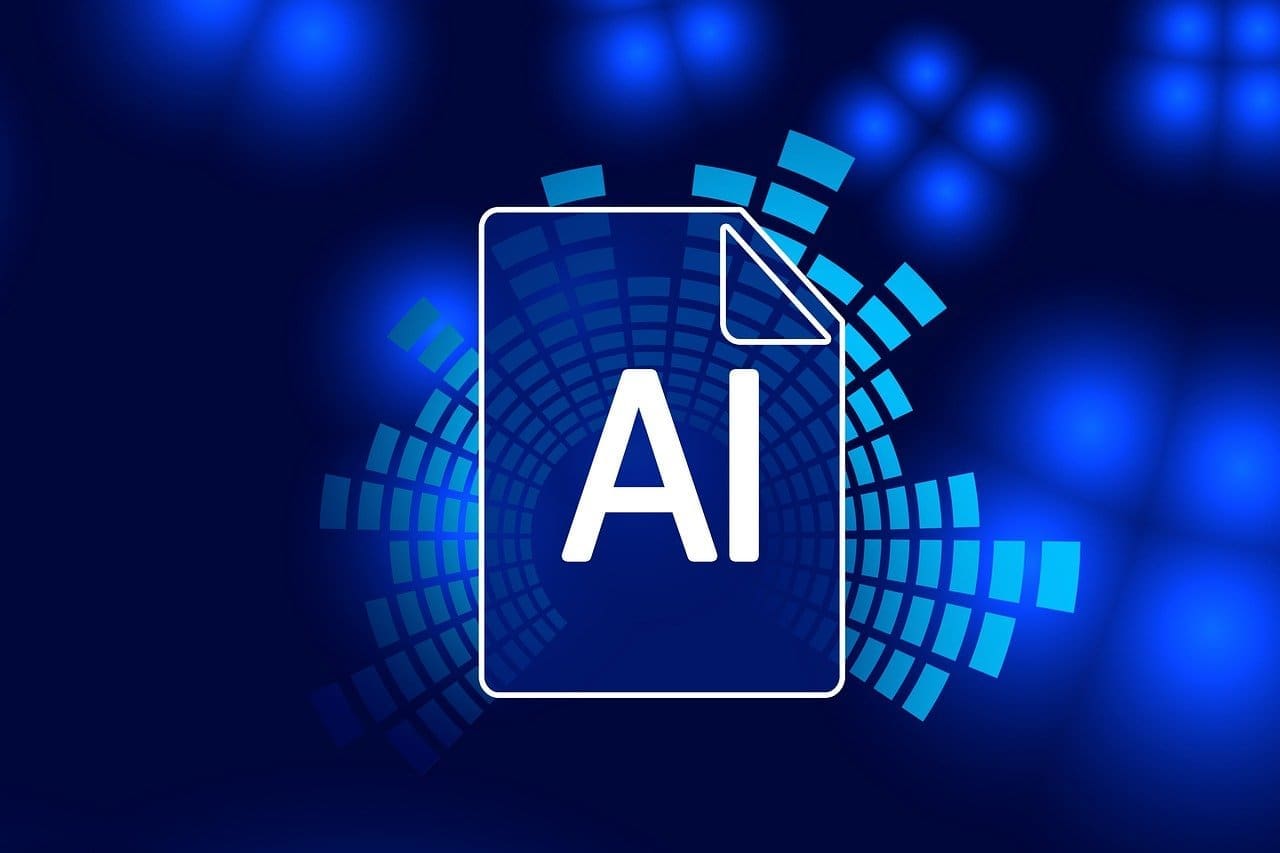The oil and gas industry is known for its expansive, and seemingly never ending, list of regulations and standards. As the stakes of failing to comply are significant, from human and environmental harm to operational halts and financial penalties, the necessity for companies to remain abreast of any changes in standards and regulations is paramount. In the U.S., nine federal agencies, along with additional policies imposed by state and local authorities, govern the industry. Imposing regulations that frequently change, often triggered by political leaders, or technological advancements, leaves many organizations in a race against time to keep pace with the constant flux of new mandates.
To add an additional layer of complexity, many of the industry’s regulations incorporate engineering standards, which themselves are also regularly updated, further complicating compliance efforts for those involved in oil and gas operations. The American Petroleum Institute (API), for example, has developed more than 800 standards for the industry and reviews each standard every five years. As standards are updated, operators must carefully watch for even the smallest of revisions to ensure continuous compliance. For large-scale, multi-year projects, this is no easy feat.
Ensuring adherence to these changing regulations is a dynamic and intricate task. Correlating new developments to regulations across multiple agencies, while simultaneously evaluating changes to the standards within these documents, is a highly meticulous process – one that requires significant resources and time to effectively execute. As regulatory bodies show no sign of slowing their imposition of more regulations within the sector, there is an inherent need to ease the burden of assessing new codes and standards.
The Power of AI in Oil and Gas
Artificial intelligence (AI) and machine learning (ML) technologies hold the potential to significantly streamline complex processes across the oil and gas industry. AI boasts the ability to transform how engineers and compliance managers manage rapidly changing regulations. The technology can eliminate many of the repetitive, manual tasks associated with tracking changes. AI algorithms can create instant alerts for standard revisions, and rapidly analyze vast amounts of information to pinpoint new updates to ensure rapid adherence to new compliance requirements. Instead of relying on Standard Development Organizations (SDOs) to announce changes to standards, AI tools can alert engineers when sections of a standard are changed or when a new version is available.
Artificial intelligence can also enhance collaboration and streamline internal communications. Typically, engineering groups within oil and gas companies work with large, multi-functional teams spread across different geographies, and regularly collaborate with external consultants, vendors, and regulatory bodies. Sharing information across these groups, who may not have easy access to internal documents, is complex. Manually sharing standards, project data, and internal policies often leads to communication errors, redundancies, data security concerns and project delays. AI-powered tools eliminate the need to manually research citations and references and can securely store documents in a cohesive, traceable platform.
Proven Success: The Key to Overcoming Resistance
While the value propositions for leveraging AI to help manage ever-evolving regulations are undeniable, such a change can often be accompanied with resistance. However, the use of AI within oil and gas is not a completely new concept. For the better part of the past decade, AI and big data have been leveraged to optimize industry processes to create new, higher quality concepts faster. Many organizations in the industry have, and continue to, leverage AI algorithms which analyze historic data to uncover new approaches to optimize operations and enhance safety.
For example, AI technology is currently utilized for the real-time monitoring of equipment to detect maintenance needs or potential failures, enabling engineers to preemptively address issues before they lead to incidents. In the realm of oil and gas, pipeline meters that measure flow rate can be interpreted through AI to identify and locate leaks efficiently. In a similar vein, engineers utilize AI to help identify optimal drilling locations, as AI algorithms can analyze vast geological, geophysical, and engineering datasets to find the best acreage for oil and gas exploration.
Starting your AI Journey
With the ongoing media frenzy surrounding AI tools, particularly ChatGPT, many organizations are rapidly deploying AI pilot programs across departments in a bid to streamline operations and combat tough economic headwinds. However, the key to AI success requires a more intentional, introspective process. AI does not possess the capabilities to solve all efficiency gaps. That is why it is imperative that organizations diligently evaluate their current workflows to uncover processes that require extensive manual labor, and then work to determine whether AI tools can alleviate the time spent on such tasks. The primary goal is to empower engineers to dedicate more time to innovative thinking and deriving insights from data, rather than engaging in monotonous tasks.
The quality of information provided to AI is also essential for deriving accurate, reliable, and desired outputs. If AI models are being trained with outdated, inaccurate data, it will result in skewed outputs, often leading to substandard decision making by users. Poor data quality can negatively impact model accuracy and introduce biases. Data governance is an essential component of ensuring the integrity of AI processes. Implementing policies and guardrails to ensure proper data quality throughout this process is key for avoiding misconceptions and false results.
Education amongst users is also pivotal to the concept’s success. Teams must be aware of the strengths and limitations of AI, and interpretability of AI models must be prioritized. The use of explainable AI techniques and interpretable machine learning models, which can provide insights into decision-making processes and enable better human understanding, is critical to ensure deliverables are trustworthy. Regular data quality assessments and audits, as per established governance rules, are essential to ensure that inaccuracies in data do not creep up over time. Regular training for data collection and data labelling teams will also reduce the volume of human errors.
As little regulation currently exists to govern AI tools, organizations must also proceed with caution about the data that is provided to such tools. Proprietary data should not be plugged into public AI tools and organizations must ensure that they adhere to standards publishers’ guidelines when using AI for evaluating standards.
While AI certainly boasts the capabilities to streamline compliance initiatives within the oil and gas industry, it will not completely replace the need for humans. Designed to be a companion, it is best served as a tool to enhance workflow efficiency, inform decision making, and eliminate time-consuming information correlation. Organizations must work to thoughtfully pinpoint where AI tools can streamline monotonous tasks to reduce fatigue and enable teams to focus on more high priority initiatives. High data quality, governance and user education are the core elements of successful implementation and should be rooted at each facet of an organization’s AI journey.
Karine is an experienced geoscience data management professional with over 20 years in the oil and gas industry, she has supported geoscientists in both office and field environments across various parts of the world. Passionate about implementing new tools and processes to improve efficiency and productivity, she has a proven track record of success in solving challenging technical problems. Karine has assisted scientists and engineers in using measuring instruments in exploration and production activities to obtain data indicating resources such as metallic ore, minerals, gas, coal, and petroleum.
Her educational background includes Petroleum Engineering Technology, Geological Applications Technology, and Geophysical Applications Technology. Currently residing in Ottawa, Canada, Karine is a Sales Engineering Associate Director at Accuris, where she continues to leverage her extensive experience and expertise to drive innovation and excellence in the industry.






